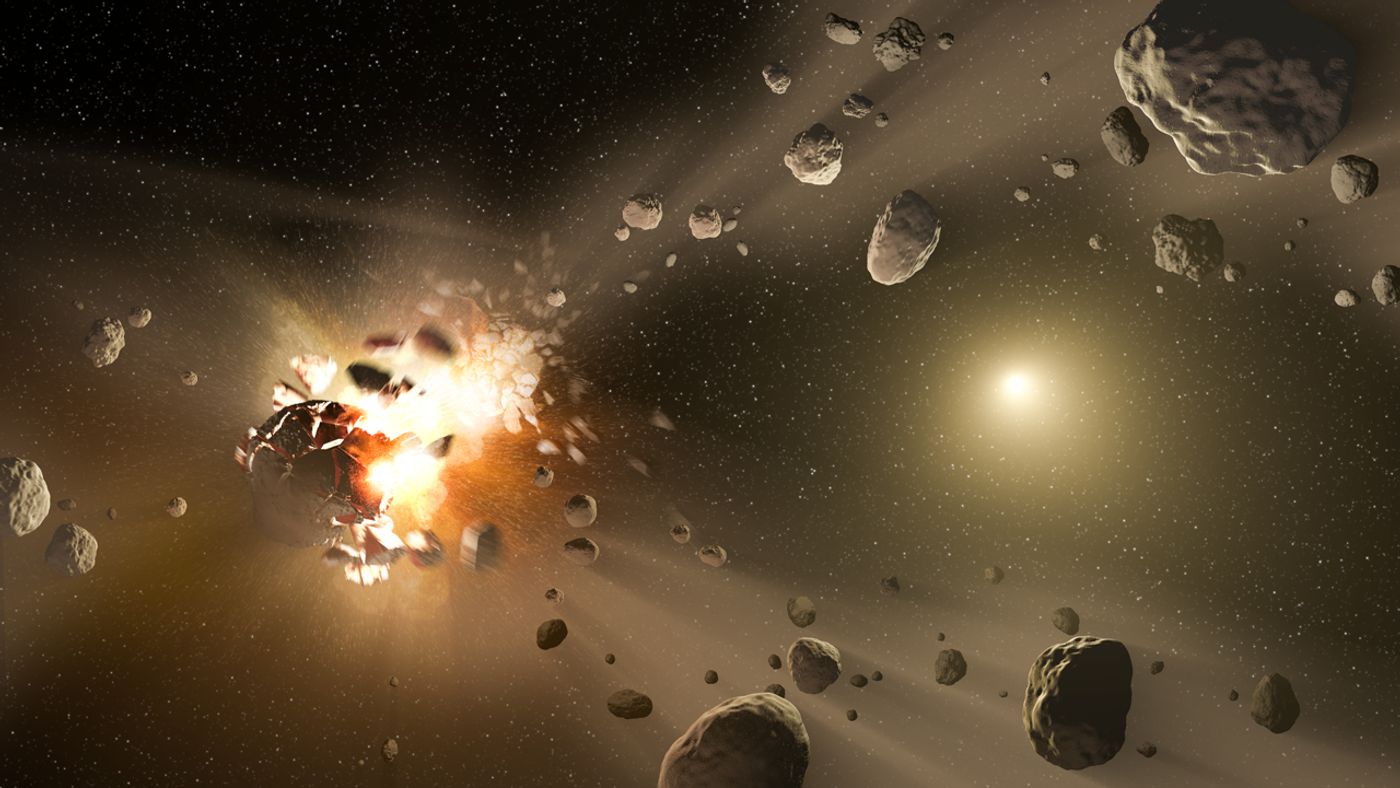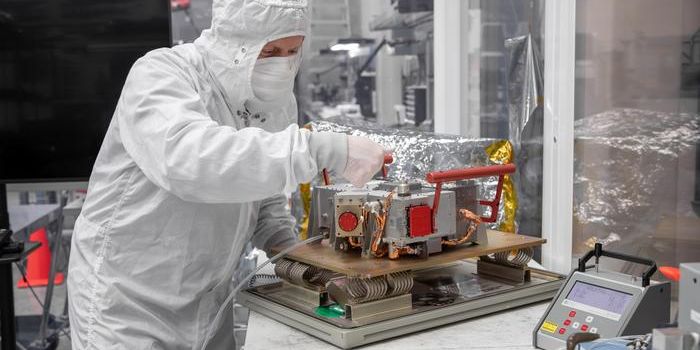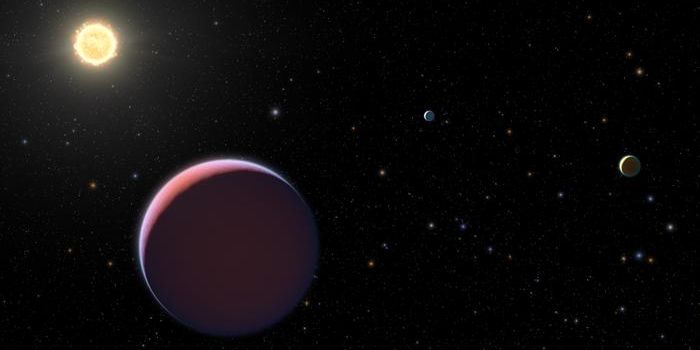How Impacts Affect Planetary Bodies
In a recent study published in Nature Communications, an international team of researchers discuss how impacts that planetary objects experience might affect porosity (the amount of empty space) and the potential for life more than previously thought. This study can potentially expand our understanding of planetary processes, and was conducted by researchers from Purdue University, Imperial College London, and the Southwest Research Institute in Boulder, Colorado.
Planetary objects such as planets, moons, and asteroids are constantly hit by space rocks ranging from micrometeorites to house-sized boulders. The effect these impacts have on these objects could determine how they form, to include the potential for life.
Using our Moon (Luna) as a testbed, the research team created simulations using data from NASA’s Gravity Recovery and Interior Laboratory (GRAIL) spacecraft to model how impacts can affect an object’s porosity, discovering that large impacts on Luna or other planetary bodies can affect surface structures, both in the immediate and distant vicinity of the impact.
"NASA's GRAIL (Gravity Recovery and Interior Laboratory) mission measured the gravity of the moon and showed that the moon crust is very porous to very great depths," said Dr. Brandon Johnson, an Associate Professor in the Department of Earth, Atmospheric, and Planetary Sciences at Purdue University, and a co-author on the study. "We didn't have a description of how the moon would get so porous. This is the first work that really shows that large impacts are capable of fracturing the moon's crust and introducing this porosity."
Along with helping us better understanding how impacts affect the potential for life, another key potential of this study will be to help scientists determine where to look for this life, as well.
"There's a lot to be excited about," said Mr. Sean Wiggins, a PhD student in the Department of Earth, Atmospheric, and Planetary Sciences at Purdue University, and lead author on the study. "Our data explains a mystery. This research has implications for the early Earth and for Mars. If life existed back then, there were these intermittently big impacts that would sterilize the planet and boil off the oceans. But if you had life that could survive in pores and interstices a few hundred feet or even a few miles down, it could have survived. They could have provided these refuges where life could hide out from these kinds of impacts. These findings have a lot of potential for directing future missions on Mars or elsewhere. It can help direct searches, tell us where to look."
Sources: Nature Communications
As always, keep doing science & keep looking up!









